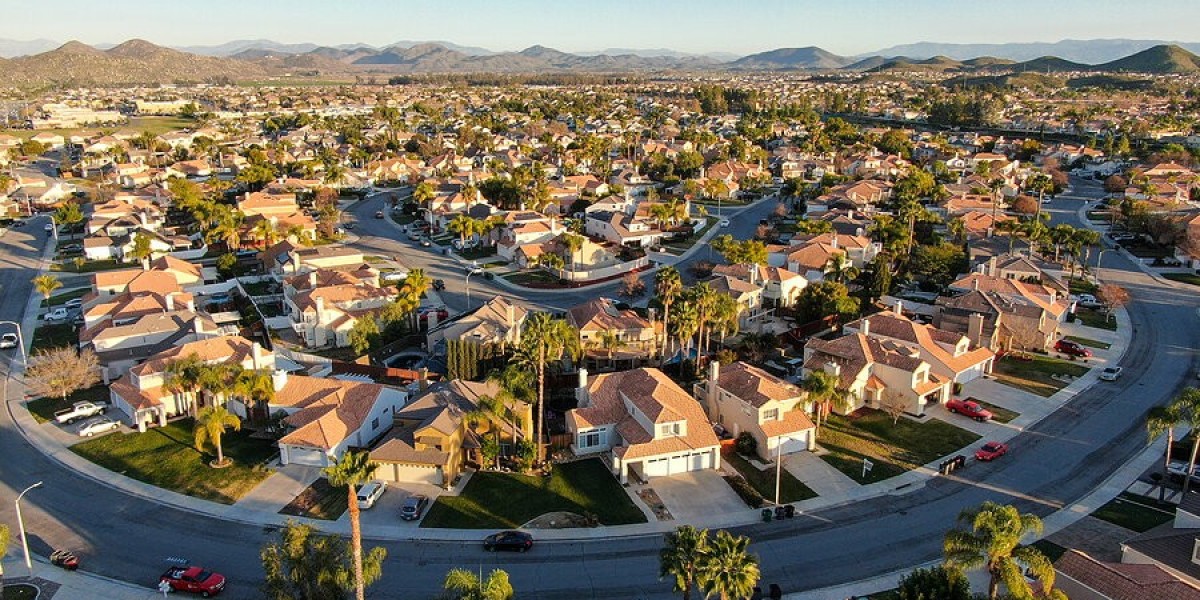Buying a property is one of the most significant investments you’ll ever make. While the property itself is important, the neighborhood you choose can greatly impact your quality of life and your property’s long-term value. A home in a thriving, safe, and well-connected area will appreciate better and offer more enjoyment than one in a neglected or poorly planned neighborhood.
Thoroughly researching neighborhoods before purchasing a property is essential to making a wise decision. Whether you’re a first-time homebuyer, a seasoned investor, or planning to relocate, knowing how to evaluate a neighborhood can help you avoid costly mistakes and find the perfect spot that fits your lifestyle and goals.
This guide will walk you through the key factors to research and the best ways to gather reliable neighborhood information before making your purchase.
1. Understand What Matters Most to You
Start by listing your priorities. Every buyer values different things in a neighborhood:
Safety and low crime rates
Quality of local schools
Access to public transportation and highways
Proximity to work, shopping, healthcare, and recreation
Community amenities like parks, libraries, and gyms
Future development plans and neighborhood growth potential
Knowing your “must-haves” helps you narrow your search and focus your research effectively.
2. Use Online Tools to Gather Basic Data
The internet is a goldmine for neighborhood research. Here are some useful resources:
Crime statistics: Websites like NeighborhoodScout, CrimeReports, or local police department pages provide up-to-date crime data.
School ratings: GreatSchools.org and Niche.com offer school rankings, reviews, and test scores.
Walkability and transit: Walk Score helps evaluate how walkable and transit-friendly an area is.
Property values and trends: Zillow, Redfin, and Realtor.com show property prices, market trends, and neighborhood appreciation rates.
Community reviews: Online forums, Nextdoor, and social media groups give firsthand insights from residents.
Use these tools to build a data-driven picture of potential neighborhoods.
3. Visit the Neighborhood at Different Times
Nothing beats visiting a neighborhood in person. Plan visits at:
Different times of the day (morning, afternoon, evening)
Different days of the week (weekday vs. weekend)
Observe the noise levels, traffic, street cleanliness, and overall vibe. Look for:
Well-maintained homes and yards
Presence of people walking, jogging, or socializing
Nearby businesses and services
Signs of neglect or disrepair
Talking to locals can also provide valuable insights about the neighborhood culture, safety, and community spirit.
4. Check Future Development Plans
Growth and development can significantly impact property values. Investigate:
Planned infrastructure projects (roads, transit, parks)
Zoning changes or new commercial developments
Upcoming schools or community centers
Redevelopment initiatives
Local government websites, planning commissions, or city council meeting minutes often publish this information. Positive development can signal rising property values, but beware of projects that might increase noise or congestion.
5. Evaluate Commute and Transportation Options
Consider how you will commute daily. Research:
Public transportation availability and schedules
Traffic patterns during rush hours
Distance to highways or major roads
Availability of bike lanes and pedestrian paths
A neighborhood with convenient transportation options can save you time and reduce stress.
6. Assess Local Amenities and Services
Amenities add convenience and improve lifestyle. Check for:
Grocery stores, pharmacies, hospitals
Schools, daycare centers, and libraries
Parks, gyms, pools, and recreational centers
Restaurants, cafes, and shopping areas
A neighborhood with easy access to essential services is often more desirable and holds its value better.
7. Review Demographics and Community Vibe
Understanding the neighborhood’s demographic makeup can help determine if it fits your lifestyle. Look for:
Age groups, family structures, and cultural backgrounds
Community events and social clubs
General friendliness and neighborhood cohesion
Some buyers prefer vibrant, young neighborhoods, while others seek quiet, family-oriented communities. Online forums and community social media pages can help you get a feel for the vibe.
8. Look Into Property Taxes and Insurance Costs
High property taxes or insurance premiums can significantly impact your budget. Contact the local tax assessor’s office or check online databases to understand:
Property tax rates
Historical trends in tax increases
Insurance rates, especially if in flood or fire-prone areas
This financial insight is vital for accurate long-term cost planning.
9. Research School Districts Thoroughly
Even if you don’t have children, buying in a reputable school district can increase property values and attract future buyers or renters. Use school district websites and third-party rating sites, but also:
Visit schools in person if possible
Talk to parents and teachers
Review extracurricular offerings and graduation rates
Good schools typically signal stable and family-friendly neighborhoods.
10. Consult Local Real Estate Agents
Experienced local agents have in-depth knowledge of neighborhoods beyond what’s online. They can provide:
Market trends and price forecasts
Information on hidden gems or up-and-coming areas
Insights on neighborhoods to avoid
Advice tailored to your budget and needs
Building a relationship with a trusted agent can make your neighborhood research easier and more reliable.
Conclusion
Researching neighborhoods thoroughly is just as important as evaluating the property itself. Your neighborhood shapes your day-to-day life and impacts your home’s future value and resale potential.
By defining your priorities, using online tools, visiting neighborhoods in person, and consulting local experts, you can make a confident, informed decision. This due diligence helps you avoid surprises and ensures your investment matches your lifestyle and long-term goals.
Remember: a great home in the wrong neighborhood can be a costly mistake, but the right neighborhood can turn your property purchase into a rewarding and secure investment.
Important Links
Tampines Street 94 Condo Site Plan
Tampines Street 94 Condo Floor Plans
Tampines Street 94 Condo Price













